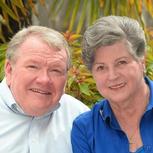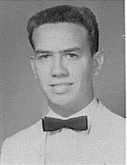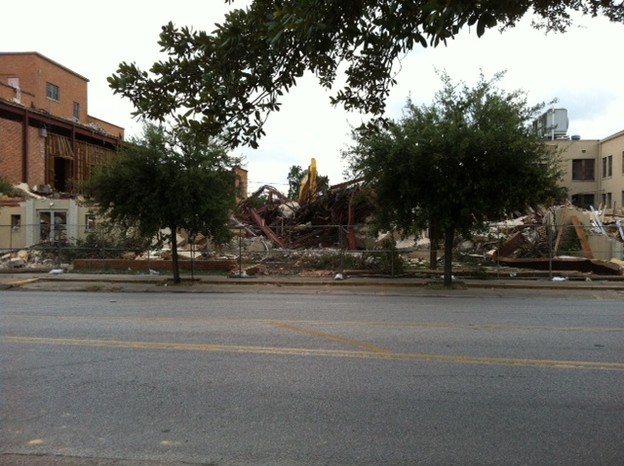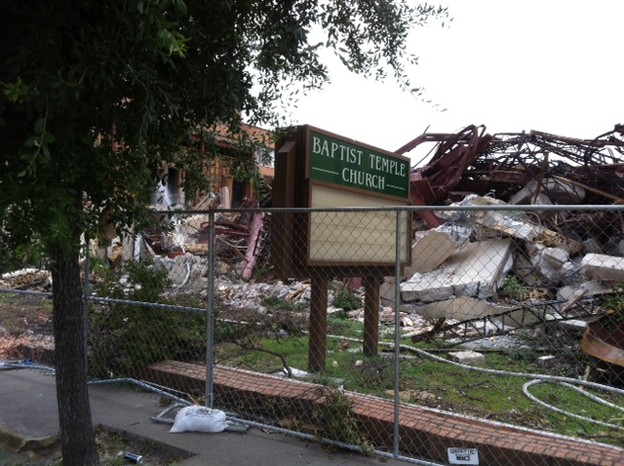|
A Surreal Battle
It was New Year's Eve 1862 and three hundred men from Massachusetts had been lords
of Galveston since October. Or at least they were by day. At night the 42nd Massachusetts
ceased their patrols of the city and holed up on Kuhn's Wharf.
It was their job to hold the city, which they had taken without much resistance, until thousands
of reinforcements could arrive from back east. Once several thousand Yankees were in place
on the island, nothing could stop them from taking Houston and the railheads. That would put
Texas out of the rebellion business.
General John Bankhead Magruder understood this and had planned a New Year's surprise to
keep it from happening.
Under cover of darkness, about 900 Confederate Texans sneaked into the city by walking the
mile-long railroad trestle from Virginia Point to the island. The crossing went slower than
expected because the mules pulling the artillery refused to proceed. The field pieces were unhitched
from the beasts and hauled across by manpower.
Once in place they waited for the attack signal from their navy, which was expected to come
at midnight. It was the job of the navy to engage the six Federal gunboats in Galveston harbor
and keep those guns occupied.
The 42nd Mass was an infantry regiment. Without support from the Yankee fleet, they would
be no match for the superior Confederate force.
The signal Magruder expected was a cannon shot, indicating his navy was on the scene and
engaging the enemy.
It never came. Somehow, Captain Leon Smith, commander of the Confederates afloat, had misunderstood
the plan and was anchored in Bolivar Roads waiting for the cannon signal to
come from Magruder.
At 4 a.m. the fiery General, disgusted that his Navy had failed to appear, decided to go it without them and
personally fired the first cannon shot. The Yankees were taken by surprise, but their gunboats, unmolested
and able to drop shells on the attackers, were up to the task of responding.
Magruder's force was being crushed. Daylight was coming and they faced surrender or annihilation.
Then the cavalry showed up.
The Fifth Texas Mounted Rifles (sans their mounts) and the Seventh Texas Cavalry (ditto) were deployed
as Marines and sharpshooters with the tardy naval force.
If a seagoing cavalry isn't odd enough, consider the vessels.
The Bayou City was a side-wheel riverboat normally used for delivering mail between Houston and Galveston.
The smaller Neptune, also a side-wheeler, was what we would now call a tugboat. Both were armored with bales
of cotton, the gaps between which cannon protruded. These were called the cotton clads.
Now the Yankees were really surprised. The Federal flagship Westfield grounded and her captain blew her
up to prevent her capture (taking his own life when the charge went off early.)
Neptune was hit and sunk, but in only eight feet of water, so the aquatic cavalry climbed atop her cabin and
kept a constant barrage of rifle fire on the deck of the Federal steamer Harriet Lane, killing Captain Jonathan
Wainwright, and allowing Bayou City to ram, board and capture her.
The rest of the Federal fleet fled and Galveston was again in Confederate hands.
From the Copano Press.
…………………………………………………………………………………………………………………………………………………….
wtl
|

![]()








.gif)
.jpg)




